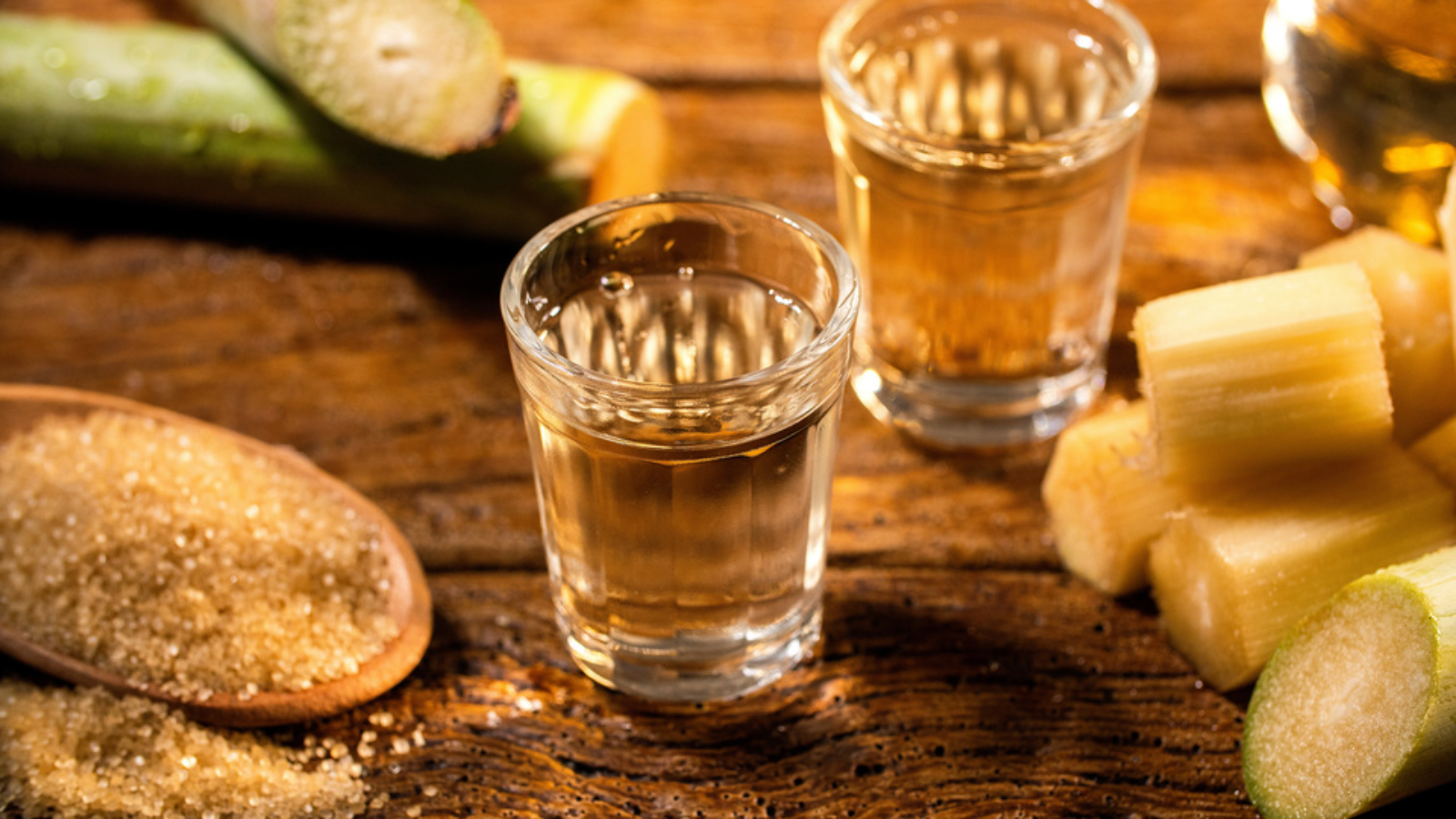The first records of the cachaça`s production are from the distillation of uncrystallized sugarcane molasses and it is intrinsically related to the history of Brazil itself. Originally cachaça was used as a supplement to the slaves` food and was also consumed by the humblest people of that time. During this period, cachaça was even used as a means of exchange in the slave trade and as a way to control labor in sugarcane plantations. According to scholars, the origin of the name has numerous hypotheses, such as:
- Caá-ça – Word from the Tupi-Guarani language that means “juice of squeezed herbs”, due to the fermentation process of sugarcane to produce cachaça.
- Caxaça – Word from the Tupi-Guarani language that referred to the container used to preserve the drink.
- Cachaza – Word used to designate the sediment of a lower quality wine consumed on the Iberian Peninsula. In Brazil, during the colonial period, the foam produced in the process of cooking sugarcane juice was called cachaça.

The first records of the cachaça`s production are from the distillation of uncrystallized sugarcane molasses and it is intrinsically related to the history of Brazil itself. Originally cachaça was used as a supplement to the slaves` food and was also consumed by the humblest people of that time. During this period, cachaça was even used as a means of exchange in the slave trade and as a way to control labor in sugarcane plantations. According to scholars, the origin of the name has numerous hypotheses, such as:
Caá-ça – Word from the Tupi-Guarani language that means “juice of squeezed herbs”, due to the fermentation process of sugarcane to produce cachaça.
Caxaça – Word from the Tupi-Guarani language that referred to the container used to preserve the drink.
Cachaza – Word used to designate the sediment of a lower quality wine consumed on the Iberian Peninsula. In Brazil, during the colonial period, the foam produced in the process of cooking sugarcane juice was called cachaça.

Over time, Cachaça has become widely popular among Brazilians and nowadays, the various brands: Leblon Cachaça, Cachaça 51, Cachaça Ypioca, Cachaça Pitu, Cachaça Sagatiba, Cachaça Capucana, etc, and types: Gold, silver, white etc, are enjoyed in a variety of regions in Brazil. And prepared either neat or in cocktails such as: Caipirinha, Rabo de galo, Lime batida, cachaça Mojito, among others.
Cachaça can also be used as an ingredient in various Brazilian foods and even desserts, such as: feijoada broth with cachaça, pork in cachaça, shrimp in cachaça, cachaça brigadeiro, cachaça ice cream, etc.
Cachaça has conquered the world, and is increasingly being recognized as a unique, versatile and typically Brazilian drink. Whether you are Brazilian or a foreigner, I suggest you enjoy a true sensory journey through cachaça tasting.
Compartilhar o post :
A. Fernandez
Lorem ipsum dolor sit amet, consectetur adipiscing elit. Ut elit tellus, luctus nec ullamcorper mattis, pulvinar dapibus leo.




